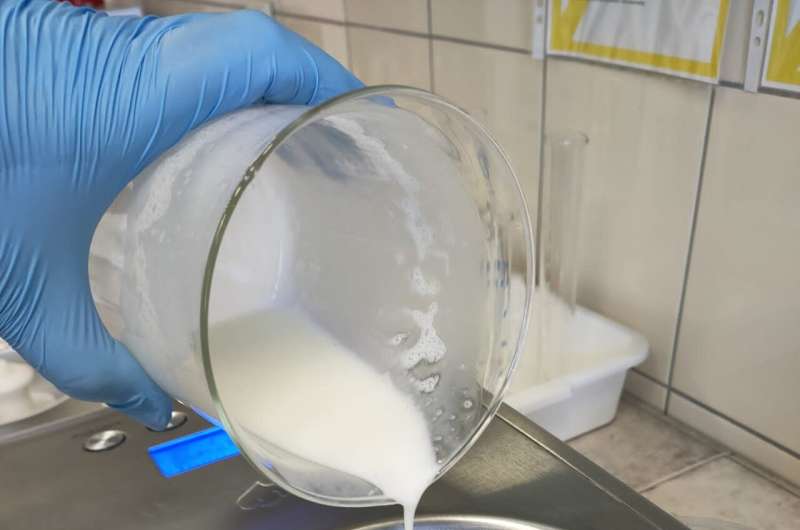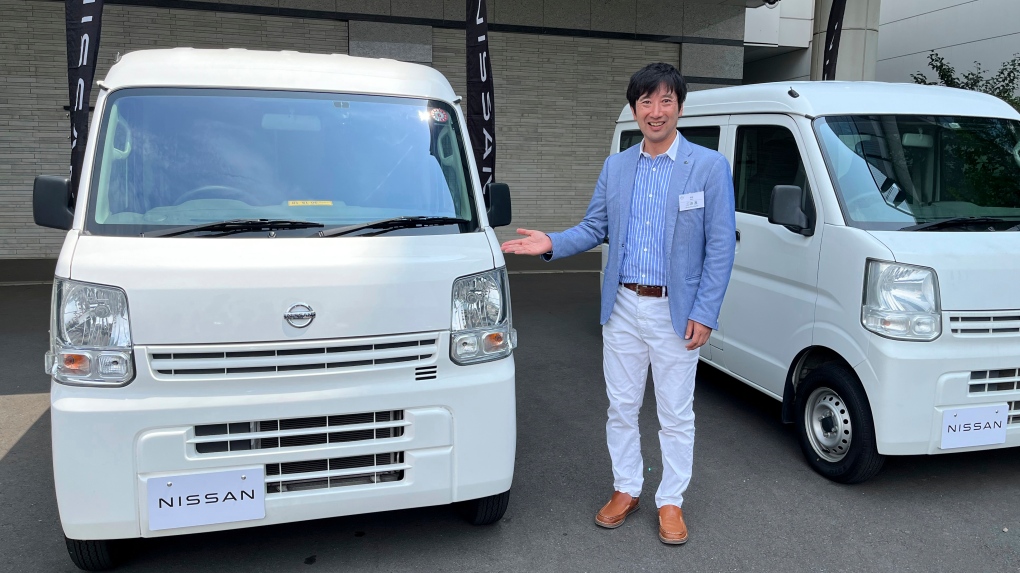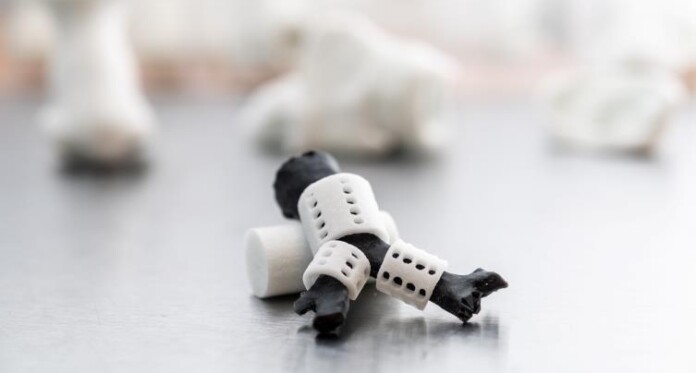Horse Milk Ice Cream
A team of food scientists at West Pomeranian University of Technology in Poland has discovered that horse milk can be a viable alternative to cow’s milk in ice cream production. Their study, published in the open-access journal PLOS ONE, involved creating four different ice cream varieties using horse milk and various bacteria.
Traditionally, ice cream is made by combining cow’s milk with cow’s cream and other ingredients, resulting in a beloved treat enjoyed worldwide. In this study, the researchers explored the possibility of substituting cow’s milk with horse milk while still using cow’s cream, and found it to be a feasible option.
Many cultures have used horse milk for centuries, with some believing in its potential health benefits, though these remain scientifically unproven. Previous research has indicated that horse milk is more similar in composition to human milk than cow’s milk, making it a safer alternative for people with cow’s milk allergies. Additionally, horse milk contains beneficial enzymes and proteins not found in cow’s milk, prompting scientists to explore its use in various food products.
In their research, the team produced four types of ice cream using horse milk. The first batch included yogurt bacteria; the second combined yogurt bacteria with inulin, a probiotic. The third batch featured a strain of bacteria called Lacticaseibacillus rhamnosus, while the fourth incorporated a different strain, Lactiplantibacillus.
Testing of the ice cream samples revealed that all four varieties were similar in terms of overrun, melting characteristics, and protein levels. The samples were also found to be creamy, visually appealing, and had a good taste and texture, according to feedback from 60 volunteers who participated in the tasting. However, the batch with yogurt bacteria and inulin was noted to have a slightly acidic flavor.
I have found that most people in the US aren’t used to drinking any milks other than cow milk. So for most of us, it might seem like a very strange idea. However, I have noticed that products like goat milk yogurt seem to be a lot more common now in places that did not previously have it. Maybe this is something people could get used to.




